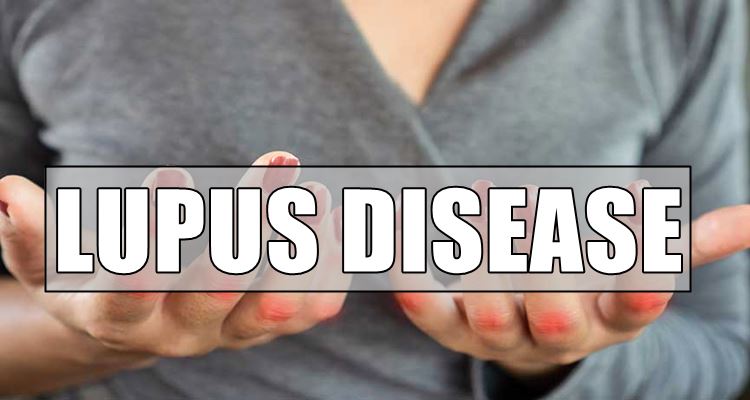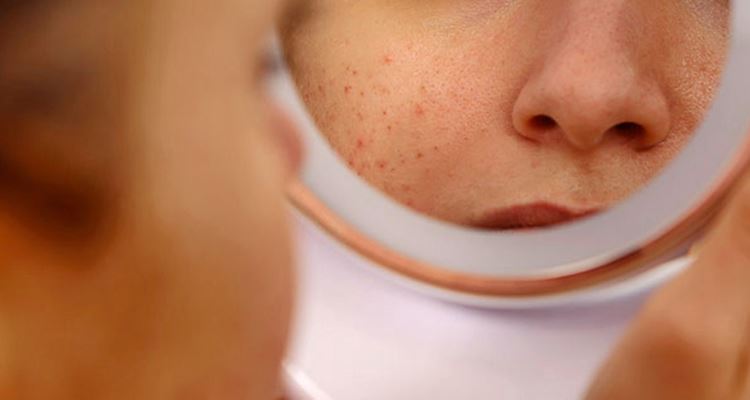WHAT CAUSES LUPUS – These are the factors that can put you at a higher risk to have lupus disease and what actually causes it.
Lupus is a disorder of the immune system that happens when the body’s defense cells function abnormally to self-aggression which affects other parts such as skin, joints, kidneys, heart, and/or brain. There’s nearly one case in 2000 people. What causes this disease?
Lupus Disease – Symptoms, Types, and Causes
What is lupus disease? Find out some details here.
LUPUS DISEASE – These are the signs and symptoms of lupus disease including its types and the factors causing this condition.
The National Resource Center On Lupus described the condition as an autoimmune disease that can “cause inflammation and pain in any part of your body”. Autoimmune is a condition where the immune system attacks healthy tissues instead of fighting infections.

Mostly, it affects parts such as the skin, joints, and internal organs such as the kidneys and heart. And since it can affect various parts of the body, the set of symptoms also varies.
These are the four types of symptoms:
- Systemic lupus erythematosus (SLE) – the most common form
- Cutaneous lupus – the form limited to the skin
- Drug-induced lupus – it is lupus-like that is caused by certain drug prescriptions
- Neonatal lupus – this is rare that affects the baby of a woman who has lupus
Anyone can be affected but here are some specific factors that can put you at risk:
- being female in ages between 15 to 44
- being African American, Asian American, Hispanic/Latino, Native American, or Pacific Islander
- having a family member who has this condition or other autoimmune disease
According to the post from Lupus.org, nothing, in particular, is determined that causes but it runs in the family.
It added: “Experts also think it may develop in response to certain hormones (like estrogen) or environmental triggers. An environmental trigger is something outside the body that can bring on symptoms of lupus — or make them worse.”
This disease is not contagious.
According to the Centers For Disease Control and Prevention (CDC), here are the symptoms:
- Muscle and joint pain, with or without swelling, in areas like the neck, thighs, shoulders, and upper arms.
- Fever higher than 100 degrees Fahrenheit.
- Red and butterfly-shaped rashes that appear on the face, arms, and hands when exposed to the sun.
- Pain in the chest.
- Hair loss that causes patchy or bald spots.
- Sensitivity to light and sun.
- Kidney problems or lupus nephritis.
- Mouth sore or mouth ulcers.
- Fatigue even when you’ve had enough sleep or rest.
- Having anemia.
- Memory problems such as forgetfulness or confusion.
- Blood clotting can lead to blood clots in the legs or lungs, stroke, heart attack, or repeated miscarriages.
- Eye conditions such as dry eyes, eye inflammation, and eyelid rashes.
READ ALSO:
What can you say about this? Let us know!

